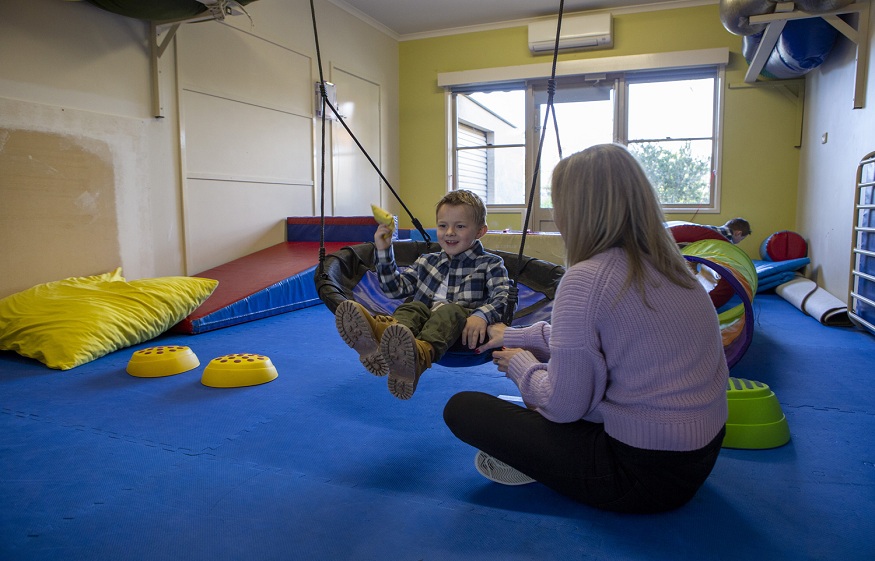Occupational Therapy: Fostering Independence Through Everyday Skills

Imagine for a moment, a life where the routine tasks that you usually perform without a second thought – eating, dressing, writing, or simply holding a cup – become a challenge. For individuals dealing with various disabilities, illnesses, or injuries, this scenario can be a reality. Occupational therapy (OT) shines a beacon of hope in such instances, enabling people to live independently and participate fully in all aspects of life.
Unraveling Occupational Therapy
Occupational therapy is a client-centered health profession that helps individuals of all ages to live life to its fullest by promoting health and preventing, or living better with, illness, injury, or disability. Occupational therapists (OTs) achieve this by facilitating participation in everyday activities, or “occupations,” to enhance physical function, mental health, and overall well-being.
These occupations include anything that “occupies” one’s time—from basic self-care activities, such as dressing, cooking, and eating, to work, education, leisure, or community involvement. The goal of OT is to enable people to engage in these occupations in a way that’s meaningful to them, regardless of their physical or mental health challenges.
Who Can Benefit from Occupational Therapy?
Occupational therapy serves a broad range of individuals, including:
Children and Youth: OTs help children with disabilities participate fully in school and social situations, helping them develop the necessary skills for play, socialization, and school performance.
Adults recovering from injury or surgery: OTs can guide adults to regain skills and provide recommendations for adaptive equipment or alterations to their environment.
Older adults experiencing physical and cognitive changes: OTs can help older adults stay as independent as possible by providing strategies to cope with age-related difficulties.
Individuals with mental health issues: OTs can support individuals in managing their daily activities and enhancing their skills, which promotes better mental health and well-being.
Strategies Used in Occupational Therapy
Occupational therapy interventions can include:
Individualized Evaluation and Intervention: OTs evaluate individuals’ abilities, goals, and environments, develop intervention plans tailored to their needs, and assess progress.
Adaptation of Tasks or Environment: OTs can recommend adaptive equipment and assistive technologies, or changes in the individual’s environment to support participation in activities.
Skill Training and Education: OTs teach individuals new ways of approaching tasks and educate them about the impact of their health conditions on their daily lives.
Health Promotion and Prevention Strategies: OTs offer guidance on leading a healthy lifestyle, injury prevention, or managing chronic conditions.
Conclusion
Occupational therapy is the silent force that empowers individuals to ‘live life to its fullest.’ It helps bridge the gap between physical or cognitive limitations and the desire for an active, independent life. Whether it’s a child with special needs, an adult recovering from an accident, or an elderly individual coping with aging-related changes, OT provides the tools and strategies needed to navigate daily life with dignity, purpose, and joy. Through the lens of occupational therapy, the focus is not on overcoming disabilities but on maximizing abilities and enriching lives.






